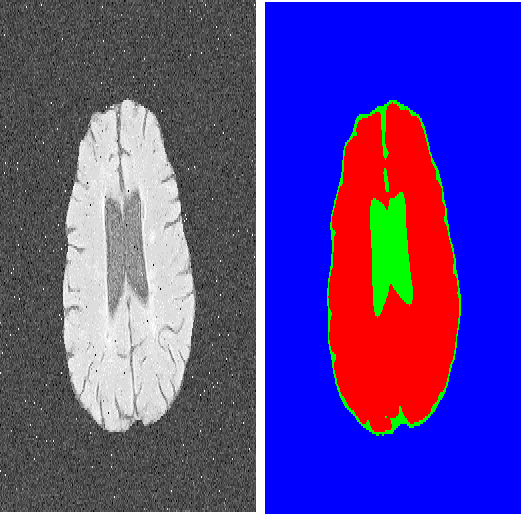Medical image segmentation - the prerequisite of numerous clinical needs - has been significantly prospered by recent advances in convolutional neural networks (CNNs). However, it exhibits general limitations on modeling explicit long-range relation, and existing cures, resorting to building deep encoders along with aggressive downsampling operations, leads to redundant deepened networks and loss of localized details. Hence, the segmentation task awaits a better solution to improve the efficiency of modeling global contexts while maintaining a strong grasp of low-level details. In this paper, we propose a novel parallel-in-branch architecture, TransFuse, to address this challenge. TransFuse combines Transformers and CNNs in a parallel style, where both global dependency and low-level spatial details can be efficiently captured in a much shallower manner. Besides, a novel fusion technique - BiFusion module is created to efficiently fuse the multi-level features from both branches. Extensive experiments demonstrate that TransFuse achieves the newest state-of-the-art results on both 2D and 3D medical image sets including polyp, skin lesion, hip, and prostate segmentation, with significant parameter decrease and inference speed improvement.
翻译:医学图像分解是许多临床需要的先决条件,但随着进化神经网络(CNNs)的近期进步,医学图像分解已经大大繁荣。然而,在模拟明显的长距离关系和现有治疗方法方面,在建起深层的编码器的同时,还采用积极的下层抽样作业,从而导致多余的更深的网络和本地细节的流失。因此,分解任务有待于找到更好的解决办法,以提高建模全球背景的效率,同时保持对低层细节的有力掌握。在本文件中,我们提议建立一个新型的平行部门结构,TransFuse,以应对这一挑战。 TransFuse将变形器和CNNs以平行的方式组合在一起,使全球依赖性和低层空间细节都能以更浅的方式高效地捕捉到。此外,新颖的聚合技术――BiFusion模块将两个分支的多层特征有效地融合起来。广泛的实验表明,TransFuses在2D和3D的医学图像组(包括聚谱、皮肤损伤、臀部和前部)实现最新的最新状态结果。




